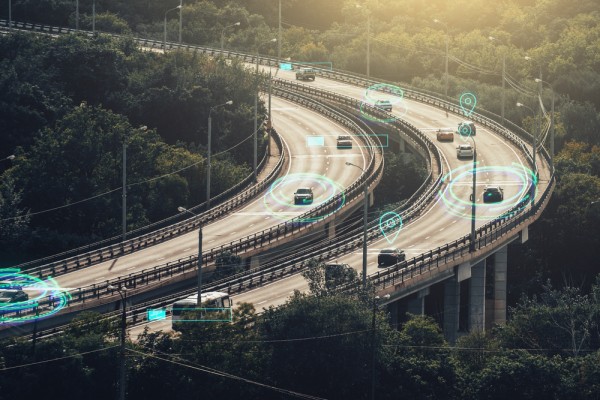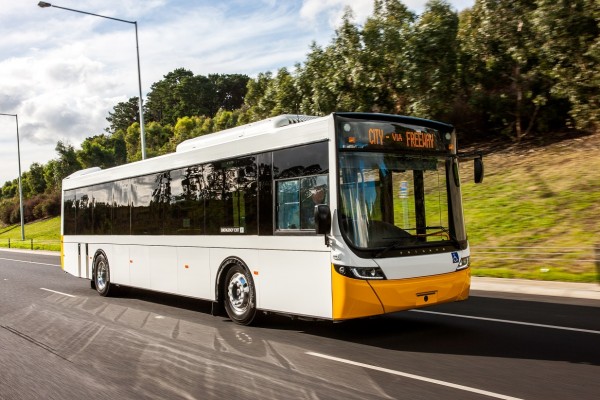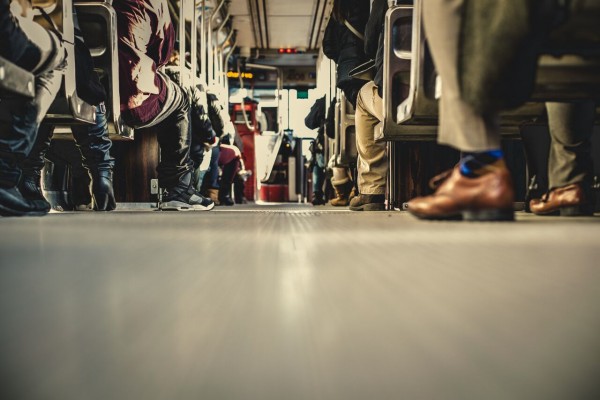[vc_column animation="none" bg_color="" bg_image="" column_padding="no-padding" column_center="" text_color="dark" custom_text_color=""... read more →
COVID-19 has created a global impact on travel as cities shutdown to avoid contamination. Its impact on public transport is enormous as travel demand has almost vanished and safety remains a... read more →
[vc_column animation="fade-in" bg_color="" bg_image="" column_padding="padding-2" column_center="true" text_color="dark"... read more →
Growth in urban populations, and the associated demand for access to goods, amenities and employment, is placing increasing pressure on urban transportation networks. This has reinvigorated interest in urban public... read more →
Metropolitan rail is an important contributor to the movement of people in Melbourne. Its higher capacity compared to buses, freedom from encumbrance from road users, ability to make frequent stops,... read more →
The Victorian bus industry, like many other Australian and international jurisdictions, must meet safety regulation requirements including bus safety inspections with both annual mandatory independent inspections and more regular documented... read more →
Increasing public transport ridership is now a common worldwide strategy for growing cities facing the economic, social and environmental problems of increasing traffic congestion. While much is understood about... read more →
New technologies and design thinking are reinventing the potential of bus design, moving away from the conventional view of the bus as a slow, boxy, impersonal shell for the travel... read more →
One of the most pervasive problems in Australian public transport network design is the issue of servicing large low density suburban areas using expensive fixed route bus resources. There is... read more →
Trams have superior ride quality to buses and can also accelerate and decelerate at a quicker rate. This and the frequent need for braking due to traffic interference has... read more →










